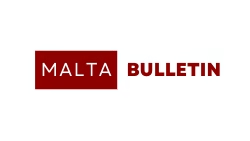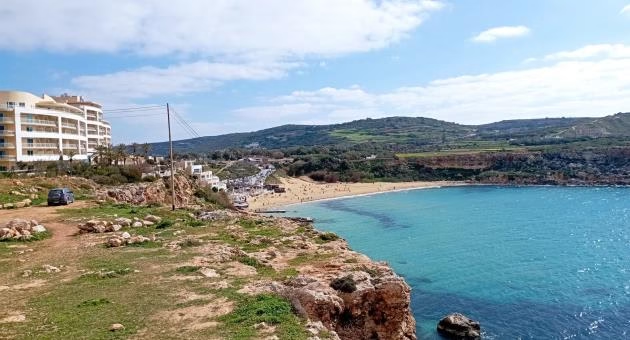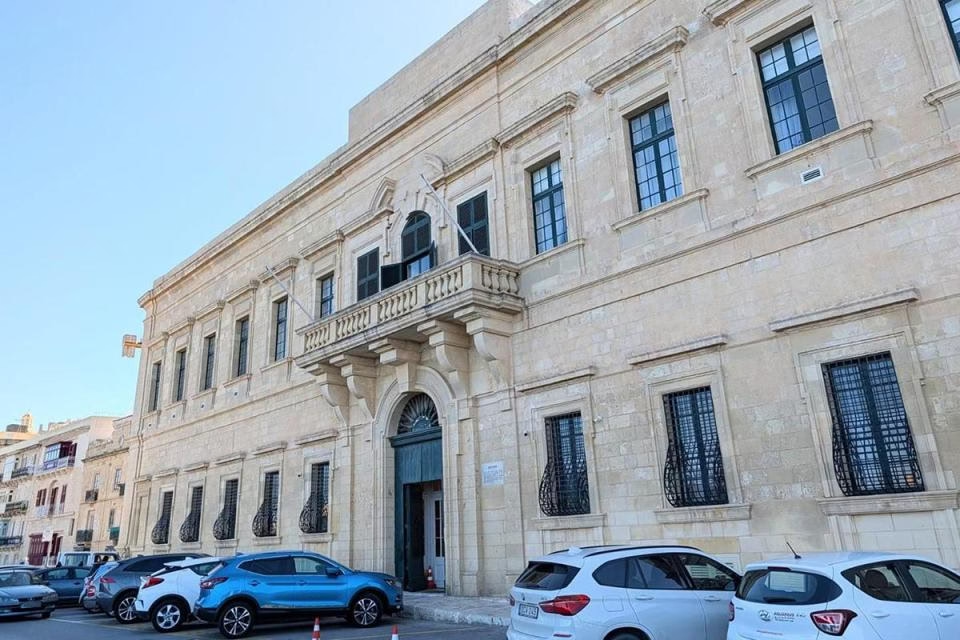According to a Central Bank of Malta (CBM) report, passenger transport inflation reached 46% in April 2025 compared to a year earlier, therefore airfares in Malta have climbed to their all-time highs.
The fast increase is fueled by a post pandemic tourism boom that has pushed passenger numbers well over 2019 levels, while airlines have battled to match demand. Added fuel and operating expenses have further intensified pressure on pricing, therefore rendering Malta among the worst-affected nations in Europe.Though still well above historical averages of about 3%, inflation in airfares dropped somewhat in May (42%) and June (25%). In contrast, euro zone inflation for air passenger transportation reached 14% in April, therefore emphasizing the degree of Malta’s pricing shock.
Tourism Boom Meets Supply Constraints
Passenger movements in 2025 averaged 42% above pre pandemic levels, outpacing increases in seat capacity and driving inbound tourism up since 2023. Although airlines have increased their flights by 35% above 2019 levels this year, demand has persistently surpassed supply, therefore sustaining high prices.
Operational demands have exacerbated the problem. Although jet fuel prices fell 12% year year in 2024, they are still high compared with pre crisis levels, and airlines continue to incur higher expenses across the board.
Impact on Malta’s Inflation
Almost a third of services driven inflation, airfare inflation added 0.6 percentage points to Malta’s overall inflation in April, the CBM remarked.
While other countries with high tourism such as Greece and Spain have seen airfare inflation as well, Malta stands out in terms of persistence as they started to moderate earlier this year.
Outlook to 2027
Through 2026, the CBM anticipates airfare inflation to be elevated before easing in 2027 as demand growth slows and crude oil prices decline. Still, upcoming cost issues are present. By 2026, the Emissions Trading System of the EU will phase out free allowances for aviation, increasing airline prices. Simultaneously, the launch of Sustainable Aviation Fuels, now more than four times the price of conventional jet fuel, is poised to add even more pressure. Although by 2027 prices are expected to converge toward the long run average of 3%, the paper cautions that continual demand and green transition expenditures might impede the return to normal levels.








